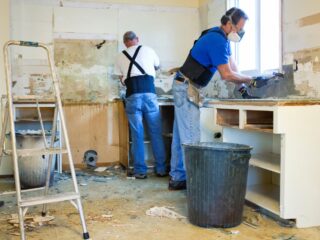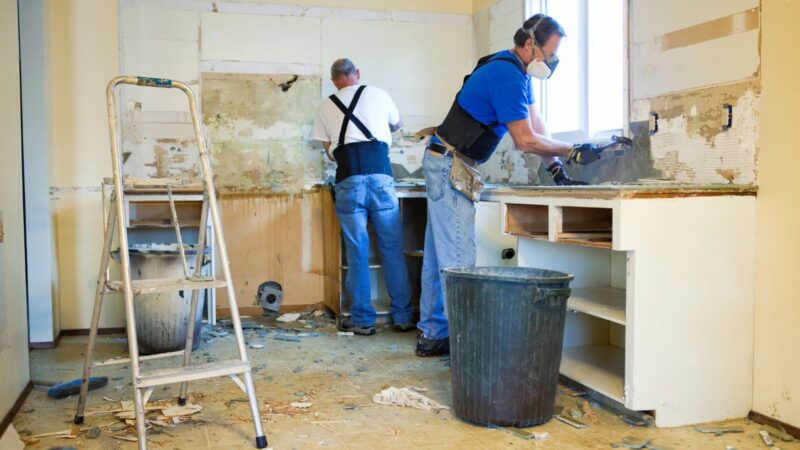
In the intricate ecosystem of home pest management, one often underestimated factor plays a pivotal role – clutter. The presence of clutter within a home can significantly contribute to the likelihood and severity of pest infestations. Understanding this relationship is crucial for homeowners seeking to create a pest-free environment and maintain a healthy living space.
Haven for Pests
Clutter provides pests with the ideal conditions for harborage, breeding, and survival. From rodents and insects to spiders and bed bugs, various pests thrive in the hidden nooks and crannies that clutter creates. Here’s how clutter becomes an unwitting ally for pests:
Hidden Hideouts
Piles of clutter, whether in the form of stacked newspapers, unused boxes, or neglected corners, offer pests a plethora of hidden spaces. Rodents, in particular, seek out secluded areas to build nests and reproduce, finding the perfect refuge amid clutter.
Food Sources
Clutter often conceals forgotten crumbs, spills, or food remnants. For pests like cockroaches and ants, these hidden food sources are a treasure trove. The presence of clutter can inadvertently create an ongoing buffet for pests, sustaining and encouraging their populations.
Moisture Traps
Clutter can contribute to increased humidity and moisture retention, especially in areas with poor ventilation.

Damp conditions attract pests such as silverfish, centipedes, and termites. By clearing clutter, homeowners can reduce the likelihood of creating environments conducive to these moisture-loving pests.
Obstructed Inspections
Homeowners may struggle to identify early signs of pest infestations when clutter obstructs their view. Inspecting hidden areas becomes challenging, allowing pests to establish themselves undetected until the infestation becomes more severe.
Organization and Regular Cleaning
The first line of defense against pest infestations linked to clutter is maintaining a clean and organized living space. Regular cleaning routines, including dusting, vacuuming, and decluttering, disrupt the ideal conditions for pests and reduce their hiding spots.
Storage Solutions and Minimalism
Investing in effective storage solutions and embracing a minimalist approach can transform a cluttered space into an organized oasis. Clearing unnecessary items not only removes potential hiding spots for pests but also enhances the aesthetic appeal of the home.
Kitchen Vigilance
Kitchens are notorious hotspots for pest activity, and clutter in this area can exacerbate the problem. Implementing organized storage for food items, promptly cleaning spills, and regularly checking for expired products can help keep pests at bay.
Sealing Entry Points
Clutter often accumulates around potential entry points for pests, such as gaps in windows or doors.

By clearing these areas and sealing any openings, homeowners create a formidable barrier against pests seeking access to the home.
The Psychological Impact of a Clutter-Free Home
Beyond the tangible benefits of pest prevention, maintaining a clutter-free home positively impacts the mental and emotional well-being of residents. A tidy living space promotes a sense of order, reduces stress, and fosters a healthier overall environment.
Professional Pest Control Services
Consider engaging professional pest control services for a thorough and expertly executed approach. Pest control professionals have the knowledge and tools to identify, treat, and prevent a wide range of pests effectively. Regular professional inspections can provide additional peace of mind.
Conclusion
Recognizing the symbiotic relationship between clutter and pest infestations empowers homeowners to take proactive measures in maintaining a pest-free home. By adopting organizational strategies, embracing cleanliness, and prioritizing regular inspections, individuals can create an environment that is inhospitable to pests.
Clearing the path to a clutter-free haven not only reduces the risk of pest infestations but also enhances the overall quality of life within the home. It’s a transformative journey toward a healthier, more comfortable living space where residents can coexist harmoniously with the peace of mind that comes from a pest-free environment.











